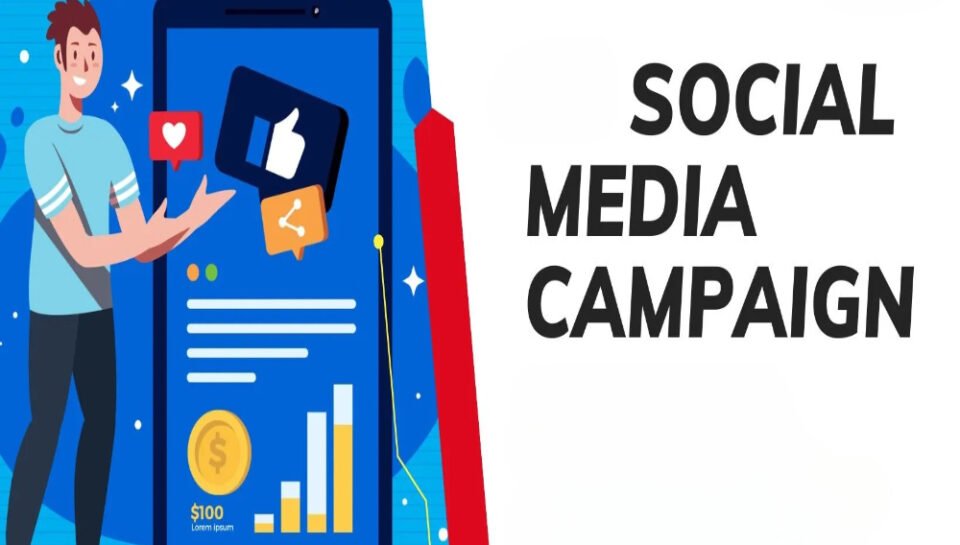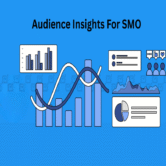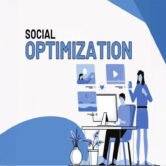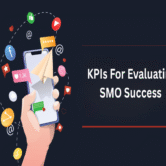
Describe the lifecycle of a social media campaign
Introduction
A social media campaign is a strategic, planned effort by a brand, company, or individual to achieve specific marketing goals through various social platforms. These campaigns help build brand awareness, engage audiences, increase website traffic, and ultimately drive conversions or sales. The lifecycle of a social media campaign involves several structured phases that contribute to its overall success. Each stage is crucial and interdependent, requiring careful planning, execution, monitoring, and optimization.
Goal setting and strategy development
The first step in any social media campaign lifecycle is to define clear and measurable goals. These could include increasing followers, boosting engagement, generating leads, or driving website traffic. Once goals are established, a detailed strategy is developed to guide all further actions. The strategy should outline the target audience, key platforms, content themes, posting schedule, and desired outcomes. SMART (Specific, Measurable, Achievable, Relevant, Time-bound) goals ensure focused efforts and easier evaluation later.
Audience research and segmentation
Knowing your audience is key to crafting impactful content. In this phase, marketers conduct in-depth research to understand the demographics, interests, behaviors, and preferences of their ideal followers. Audience segmentation allows for personalized content that resonates more effectively. By using tools like Facebook Insights, Instagram Analytics, and third-party platforms, businesses gather valuable insights to tailor messaging and creative formats to suit different audience segments.
Platform selection and content planning
Each social media platform serves a unique purpose and caters to different user types. Choosing the right channels is essential based on where the target audience is most active. For instance, LinkedIn is ideal for B2B campaigns, while Instagram and TikTok work well for visual storytelling. After selecting platforms, marketers move to content planning. A content calendar is often created to align content types (videos, images, infographics, blogs) with campaign objectives, ensuring consistent posting and message reinforcement.
Creative development and asset creation
This phase involves the production of all visual and textual content for the campaign. Graphic designers, copywriters, and video editors collaborate to produce high-quality, engaging, and brand-aligned materials. Content must be tailored for each platform in terms of format and tone. For example, Instagram may require visually striking posts with hashtags, while Twitter relies on concise and catchy messages. Attention to detail in visual storytelling and copywriting ensures the campaign stands out in a crowded feed.
Campaign execution and scheduling
With all materials ready, the campaign goes live according to the planned content calendar. Scheduling tools such as Hootsuite, Buffer, or Meta Business Suite are used to automate posting at optimal times for engagement. During this phase, social media managers also prepare for real-time interactions, responding to comments and DMs promptly to foster community engagement. Ad placements and budget allocations are executed if paid promotions are part of the campaign strategy.
Monitoring and real-time optimization
Once the campaign is live, continuous monitoring is critical. Marketers track metrics such as reach, impressions, likes, shares, clicks, and conversions. Using analytics tools provided by each platform or third-party dashboards, they identify what’s working and what isn’t. Based on performance data, adjustments are made to improve outcomes—this could include changing captions, testing new visuals, or adjusting ad budgets. Real-time optimization ensures the campaign stays relevant and effective throughout its duration.
Engagement and community management
A successful campaign encourages two-way interaction. This phase focuses on nurturing audience relationships by responding to comments, joining conversations, and resharing user-generated content. Prompt and personalized replies make the brand appear approachable and attentive. Engagement drives algorithmic visibility and fosters loyalty, turning passive viewers into active participants and potential customers.
Performance analysis and reporting
After the campaign ends, it’s time to analyze results against the original goals. This involves compiling a detailed report covering key performance indicators (KPIs) such as engagement rate, follower growth, click-through rate, and return on ad spend (ROAS). Tools like Google Analytics, Facebook Ads Manager, and Instagram Insights help generate accurate reports. This post-campaign analysis identifies strengths, weaknesses, and opportunities for improvement, informing future strategies.
Feedback incorporation and learning
Every campaign provides learning opportunities. During this phase, teams conduct internal reviews, often holding retrospective meetings to discuss successes and challenges. Feedback from stakeholders, performance data, and user reactions are used to refine future campaigns. By applying these insights, businesses continuously improve their social media marketing approach and achieve greater impact over time.
Sustaining momentum and follow-up content
Even after a campaign ends, its momentum can be sustained. Follow-up content keeps the audience engaged and maintains relevance. This includes posting behind-the-scenes content, testimonials, thank-you messages, or updates related to the campaign’s outcomes. Consistent posting after a campaign ensures ongoing audience interest and leverages the campaign’s success to build long-term relationships.
Hashtags
#socialmediacampaign #digitalmarketingstrategy #contentmarketing #marketinglifecycle #audienceresearch #platformselection #creativeassets #smmstrategy #marketingplanning #campaignexecution #realtimeoptimization #socialmediaanalytics #engagementstrategy #communitybuilding #campaignmonitoring #kpianalysis #socialcontent #socialmediaads #marketinggoals #contentcalendar #targetaudience #campaignreporting #marketingfeedback #brandengagement #onlinemarketing #contentdevelopment





